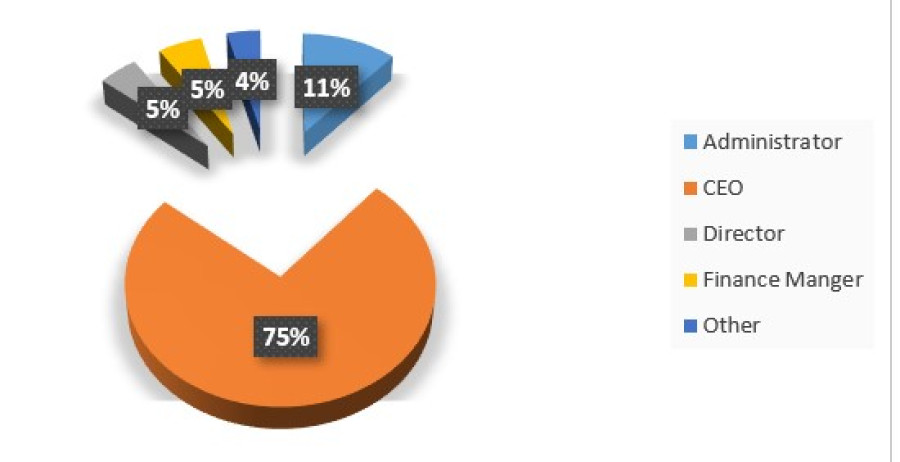Online Courses are changing the way students, teachers, and entire campuses think about class time. In the past, learners had to rush across the lawn and hallway to hear a lecture. Today, a stable internet line is often all that is needed. When a stressed first-year student types “do my paper” into a search bar, it shows how normal digital help has become. The same shift is happening inside lecture halls. Modern Universities now stream labs, host forums, and grade quizzes through cloud tools. This friendly, always-on model has grown during every recent semester, and it affects higher education everywhere. Parents wonder if tuition still covers brick-and-mortar costs. Professors rethink office hours. College leaders compare apps, servers, and staff skills. This article looks at how E-Learning grew so quickly, why it keeps spreading, and what it means for Digital Learning in the years ahead. It also points out the roadblocks and the bright ideas shaping the next wave.
From Chalkboards to Cloud: A Brief History
Only a few decades ago, college notes were written with dusty chalk and collected in heavy binders. Distance study meant a stack of worksheets mailed across the country. The first computer labs made sharing files faster, yet students still had to line up for an empty seat. The turning point arrived when Universities gained reliable campus Wi-Fi. That network let professors post readings online, and it let learners read them from dorm rooms. Soon, Learning Management Systems, or LMSs, stitched every step together: lectures, discussion boards, and grade books. Massive Open Online Courses popped up next, proving that a single video stream could reach thousands. Each stage built trust in E-Learning, and each stage reduced the gap between physical and Digital Learning spaces. Today’s Online Courses trace their roots to that slow but steady march from chalkboard to cloud. Knowing this path helps higher education plan the next leap with fewer surprises.
Why Students Embrace Online Flexibility
For many learners, time is the one resource as scarce as tuition money. Part-time jobs, family duties, and long commutes fill their planners before homework even begins. Online Courses remove most of those barriers. A lecture that lives on the web can be paused during a lunch break or replayed late at night. Tests that open for a full week let students pick the hour when their minds feel sharpest. Even group projects gain freedom through shared documents that update in real time. Surveys across higher education show that flexibility is the top reason undergraduates sign up for Digital Learning options. They see E-Learning not as an easier path, but as a smarter fit for their crowded lives. International students underline another benefit: geography fades. A student in a rural town can sit in the same virtual room as a classmate in a capital city. That mix of voices enriches discussion and widens cultural understanding.
How Professors Adapt to Digital Teaching
Faculty members once relied on eager eyes in the front row to gauge attention. In an online setting, that feedback vanishes unless new signals are tracked. Many professors now analyze quizzes, attendance logs, or even social media to see who needs extra help. There are several techniques that can be applied to help students. For example, it is common to split videos into smaller ones to help students concentrate better. Moreover, institutions also encourage their professors to make their materials open and available for free in order to reduce textbook costs and allow quick updates. There is also a good idea to invite guest speakers, for example via video calls, as it can help boost students’ interest. What is more, there are lots of tools that can also help. For example, tools such as automated captioning improve access for learners with hearing challenges.
The Tech Behind Modern E-Learning Platforms
Clicking the play button on a lecture seems simple, yet a complex stack of technology makes that moment possible. At the base are cloud servers that scale up when thousands stream a final review video at once. On top sits the LMS, which handles user logins, grade storage, and discussion threads. Universities often plug third-party tools into the LMS, such as plagiarism scanners, simulation labs, and adaptive quiz engines. A single sign-on system keeps the experience smooth for students who already juggle many passwords. Video content travels through content delivery networks, lowering lag for learners on different continents. For live sessions, WebRTC protocols allow real-time chatting and screen sharing even on slow connections. Mobile apps mirror the full desktop site, turning a bus ride into study time. All these layers stay invisible unless something glitches, showing how important stable tech is to Digital Learning. Continuous updates, cybersecurity audits, and user testing ensure that Online Courses stay reliable throughout the semester.
Challenges Faced by Universities During Transition
Moving entire degree programs online is not as easy as buying a webinar license. Universities face budget limits, faculty hesitation, and policy red tape. Some campus buildings were funded with grants tied to seat-time requirements, so leaders must renegotiate agreements before cutting face-to-face sessions. Internet access is another hurdle. While city students may enjoy fiber speeds, rural classmates might rely on shaky signals, turning a short quiz into a frustrating hour. Higher education also worries about exam integrity. Proctoring software helps, yet privacy advocates raise valid questions about constant webcam monitoring. Staff workload can spike because tech support lines ring late at night when servers slow down. On the teaching side, courses built for lecture halls do not translate directly into E-Learning modules; redesign takes time and training. Finally, competing platforms promise one-click solutions, but choosing the wrong vendor could lock data inside closed formats. Each obstacle is real, yet none are impossible when addressed with clear planning.
The Role of Online Courses in Lifelong Learning
Learning does not end after graduation; in many fields it barely starts. New software, laws, and scientific findings appear faster than ever. Online Courses give working adults a practical way to stay current without quitting jobs or relocating. Professional associations now partner with Universities to offer micro-credentials that stack toward full degrees. This blend suits higher education, which gains new revenue, and employers, who gain up-skilled staff. Digital Learning also opens doors for retirees eager to explore art history or astronomy at their own pace. Because E-Learning platforms store content for years, a learner can pause during a busy quarter and return later without losing progress. Short, focused modules help people test a topic before investing more time. Surveys show that companies view such certificates as proof of self-motivation. The message is clear: education is no longer a single event in youth but an ongoing loop, and internet-based classrooms keep that loop spinning smoothly.
Measuring Quality and Success in Digital Learning
Good stories about flexibility are meaningless if students fail to master the material. That is why universities do not miss the chance to judge online courses despite the fact that it becomes harder to do so. It is much easier to track the completion rates, how learners reach the last module if they reach it, how often they interact with mentors and so on. Bodies responsible for higher education accreditation have precise metrics to measure digital learning properly and in accordance with the standards that focus on clear learning objectives and evidence-based teaching methods. Visulas help students study better, and student feedback still matters, yet surveys are shorter and more frequent. Transparent reporting also builds public trust, letting parents and employers see that virtual classrooms deliver rigorous, measurable education. All these factors help differentiate properly built courses from those that don’t bring real knowledge.
Future Trends: Hybrid Campuses and Beyond
Experts agree that the next chapter in higher education will not erase lecture halls; it will merge them with Digital Learning spaces. Hybrid, or blended, campuses already let students choose between sitting in class on Monday and joining through video on Wednesday. Advances in virtual reality promise science labs where learners manipulate 3-D molecules from home. Artificial intelligence tutors may soon adapt homework sets in real time, offering extra practice exactly when confusion strikes. Universities are testing blockchain transcripts that record every micro-credential, making transfers and job applications faster. At the policy level, governments discuss funding models that count both in-person and Online Courses equally, reflecting their shared value. Sustainability also drives change. Fewer daily commutes cut carbon emissions and open parking spaces for essential staff. As emerging tech matures, the line between campus and cloud will blur even more, creating a dynamic network of learning moments that fit smoothly into every stage of life.
Conclusion: A Connected Campus for All
The story of Online Courses shows that technology alone does not change education; people do. Students welcome flexible schedules, but they still crave clear guidance and timely feedback. Professors adopt new tools, yet their core mission of nurturing curiosity remains the same. Universities juggle budgets and policies while aiming to widen access and raise quality at the same time. When these goals align, E-Learning becomes more than a substitute; it becomes a catalyst that lifts higher education to fresh heights. Challenges around access, assessment, and security will continue, but each has practical solutions already tested on countless campuses. Digital Learning, once an afterthought, now sits at the center of strategic plans across the globe. As hybrid models grow and lifelong learning takes root, the boundaries of classroom walls will keep stretching. In the end, the most important lesson is simple: when learners can connect with ideas anywhere, the pursuit of knowledge becomes truly universal.









